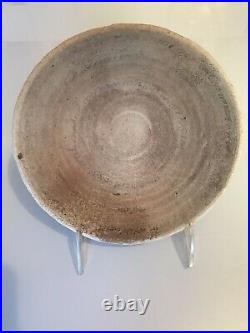
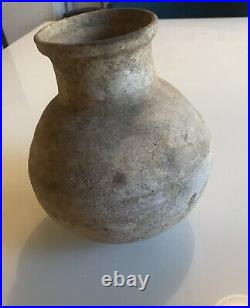
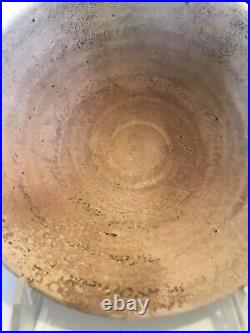
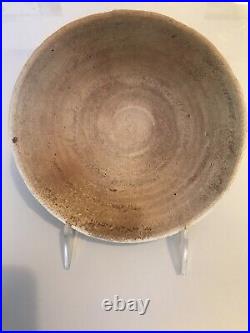
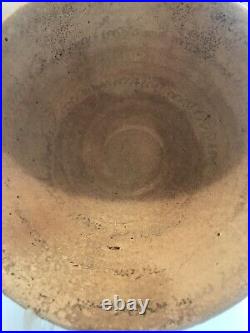
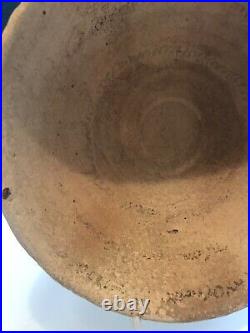
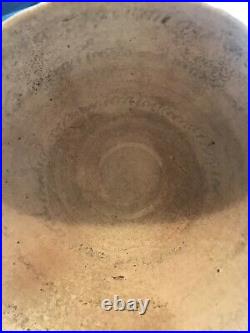
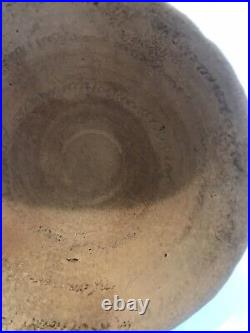
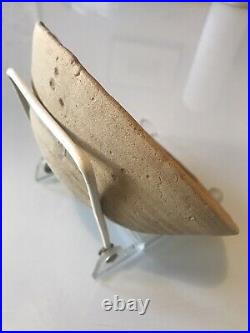
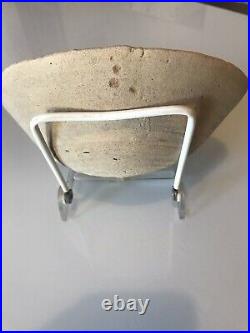
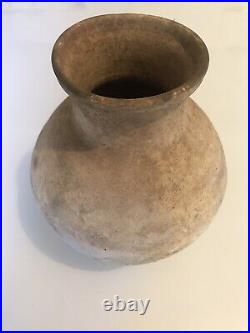
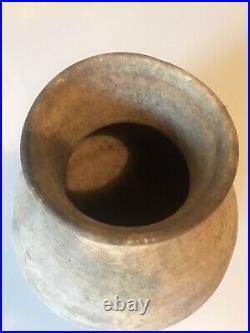
There are only about 2,000 known incantation bowls in private collections and museums. Im open to discussions about price. Incantation Bowl In Aramaic Text And Jug Excavated From Israel Antiquities. The bowl offered with this listing is an incantation bowl in Aramaic script excavated in Israel as well as a jug excavated in Israel. An incantation bowl, also known as a demon bowl, devil-trap bowl, or magic bowl, is a form of early protective magic found in what is now Iraq and Iran and other parts of the Middle East. Produced in the Middle East during late antiquity from the sixth to eighth centuries, particularly in Upper Mesopotamia and Syria, the bowls were usually inscribed in a spiral, beginning from the rim and moving toward the center. Most are inscribed in Jewish Babylonian Aramaic. There are known to exist at least 2000 bowls in both museums and private collections, of which less than 25% have been published. The great majority is written in Aramaic dialects, a hand-full in Pahlavi, and there are two in Arabic. There are also a significant number of texts that are written in pseudo-scripts. The types of Aramaic represented in order of prevalence are: Aramaic square script (about 60%), Mandaic script (just under 25%), and Syriac scripts (under 15%). The square script is generally considered to be Jewish, the Mandaean script belongs to the Mandaeans, and the Syriac to Manichaeans, other unidentified Gnostic and/or pagan groups, and, in a few cases, to Christians. This bowl is one of just 2,000 known in existence. Incantation bowls were used by the various Aramaic speaking communities that lived in late antique Sasanian Mesopotamia. Consequently, they offer insights into aspects of cultural collaboration, interchange, and overlap that are largely absent in other sources that are available from this period, like the Babylonian Talmud, the writings of Mani, and Zoroastrian literature, which have more commonly been studied in relation to the particular communities, by disciplines that evolved to deal with their respective languages and religious philosophies. The item “Incantation Bowl In Aramaic Text And Jug Excavated From Israel Antiquities” is in sale since Saturday, January 23, 2021. This item is in the category “Collectibles\Decorative Collectibles\Other Decorative Collectibles”. The seller is “jasonp260″ and is located in Brooklyn, New York. This item can be shipped to United States.
- Provenance: Ownership History Not Available
- Region: Holy Land
- Material: Pottery